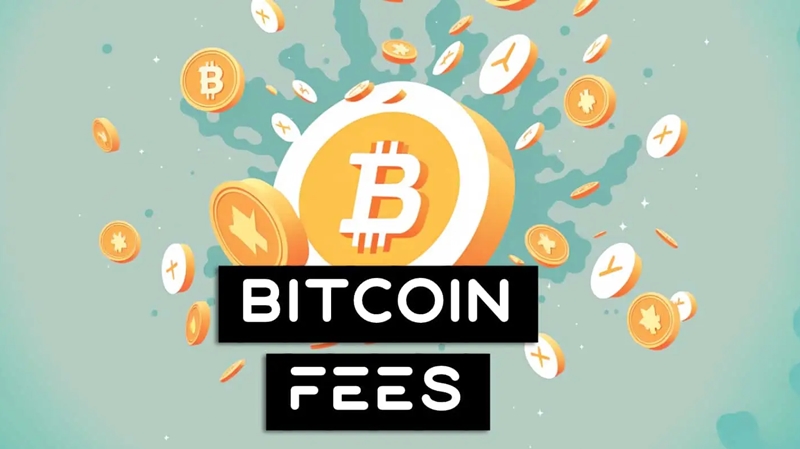Bitcoin transaction fees are the lifeblood of the network, ensuring smooth transactions and fair compensation for the miners who keep the system running. When Satoshi Nakamoto designed Bitcoin, he introduced these fees as a safeguard against spam that could flood and jam the network. But they do more than that—transaction fees are what drive miners to validate transactions and keep the blockchain secure. As Bitcoin’s block subsidy decreases with each halving, these fees become even more essential, providing miners with a crucial income stream and ensuring the network remains stable, fast, and reliable for everyone involved.

What Is the Current Bitcoin Transaction Fee?
The current Bitcoin transaction fee isn’t set in stone—it fluctuates based on how many users are competing to get their transactions processed. Think of it like bidding for a fast lane on a highway. The more people bidding (i.e., sending transactions), the higher the fees rise. Luckily, your Bitcoin wallet will give you an estimate of the current fees before you hit send, and you can always check platforms like mempool.space for real-time fee updates.
What Are Bitcoin Transaction Fees?
Bitcoin transaction fees are what you pay to the miners to get your transaction added to the blockchain. Since each block has limited space, miners prioritize transactions with higher fees. So, the more you’re willing to pay, the faster your transaction gets confirmed. These fees not only help speed things up for users but are also a key revenue source for miners. With every new block they validate, miners earn a combination of transaction fees and block subsidies (the reward for mining). As Bitcoin undergoes its halvings, reducing the block subsidy, transaction fees play a crucial role in keeping miners motivated and the network secure in the long run.
How Are Bitcoin Transaction Fees Determined?
Ever wondered how Bitcoin transaction fees are set? It’s all about two key factors: the size of your transaction and the demand for block space. Here’s the scoop: Bitcoin blocks can hold a maximum of 4 MB of data, which limits how many transactions can be packed into each one. Larger transactions, which take up more space, usually come with higher fees.
When you’re about to send a Bitcoin transaction, your wallet will let you choose your fee rate, measured in satoshis per byte of data (sats/vByte). The total fee you pay is this rate multiplied by the size of your transaction. Historically, fees range from $0.50 to $2.50, but they can spike during periods of high demand. Think of it like a busy highway—during rush hour, it costs more to get a fast pass!
If you need your Bitcoin transaction confirmed right away, choosing the right fee rate is crucial. Since fees fluctuate based on transaction size and current network demand, the optimal fee can vary. To get it just right, consult a reliable block explorer like mempool.space for up-to-date fee estimates. Remember, fee estimation algorithms aren’t perfect—if you’re in a hurry, it’s wise to pay a bit more to ensure your transaction sails through quickly.
Think of transaction fees as the price of priority. They represent the difference between what you send and what the recipient gets, reflecting how fast you want your transaction to be processed on the blockchain. In simple terms, higher fees generally mean quicker confirmation, so if timing is critical, don’t skimp on the fee!


